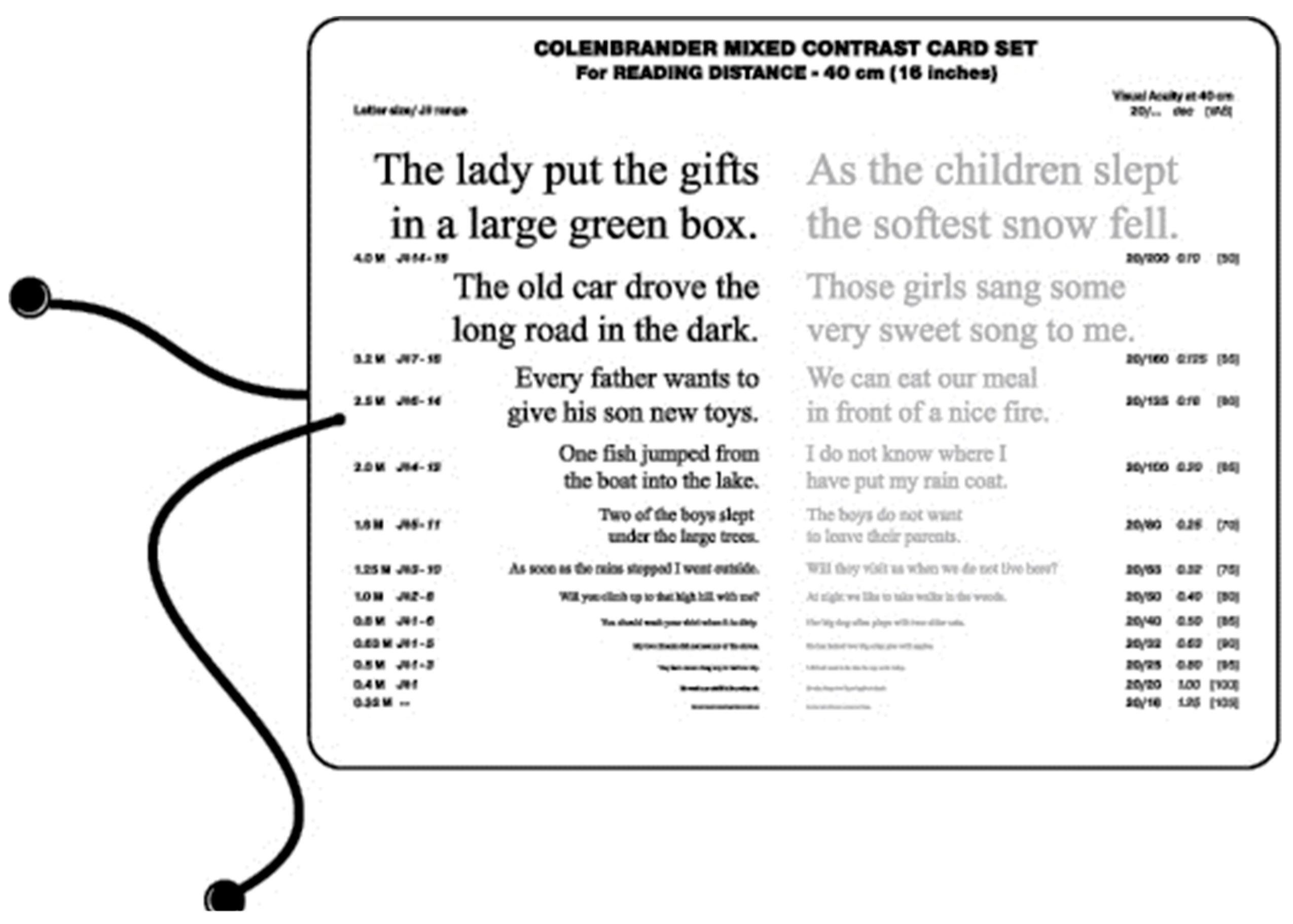
If you have an eye condition that affects your vision, you may be wondering what negative number is considered legally blind. The answer to this question is not straightforward, as it depends on several factors, including your visual acuity, field of vision, and the laws of your country or state.
What Does Legally Blind Mean?

Legally blind is a term used to describe a person who has a severe visual impairment that cannot be corrected with glasses or contact lenses. According to the World Health Organization (WHO), a person is considered legally blind if their visual acuity is 20/200 or worse in their better eye with the best possible correction, or if their field of vision is less than 20 degrees.
What Is Visual Acuity?

Visual acuity is a measure of how well you can see. It is usually measured using a Snellen chart, which consists of letters of different sizes. The chart is placed at a distance of 20 feet, and the person being tested is asked to read the smallest line they can see. A person with 20/20 vision can read the smallest line from 20 feet away, while a person with 20/200 vision can only read the largest line from the same distance.
What Is Field of Vision?
Field of vision is the area that you can see when you look straight ahead without moving your eyes. It is usually measured using a visual field test, which involves looking at a screen and pressing a button whenever a light appears. A person with normal vision has a field of vision of about 120 degrees, while a person with a visual field of less than 20 degrees is considered legally blind.
What Negative Number Is Considered Legally Blind?

The negative number that is considered legally blind depends on the visual acuity and field of vision of the person. As mentioned earlier, a person is considered legally blind if their visual acuity is 20/200 or worse in their better eye with the best possible correction, or if their field of vision is less than 20 degrees. In some countries or states, the criteria for legal blindness may be different.
What Conditions Can Cause Legal Blindness?

There are several conditions that can cause legal blindness, including:
- Age-related macular degeneration
- Glaucoma
- Cataracts
- Diabetic retinopathy
- Retinitis pigmentosa
These conditions can cause damage to the retina or optic nerve, which can result in a loss of vision or a reduction in the field of vision.
What Are the Consequences of Legal Blindness?

Legal blindness can have significant consequences for a person's life, including:
- Limited employment opportunities
- Difficulty with daily activities, such as cooking and cleaning
- Depression and social isolation
- Increased risk of falls and accidents
However, there are many resources and support services available to help people with visual impairments live independent and fulfilling lives.
Conclusion
If you have a visual impairment, it is important to understand what negative number is considered legally blind. This can help you access the resources and support you need to manage your condition and live a full life. Remember that legal blindness does not have to limit your potential or your happiness.